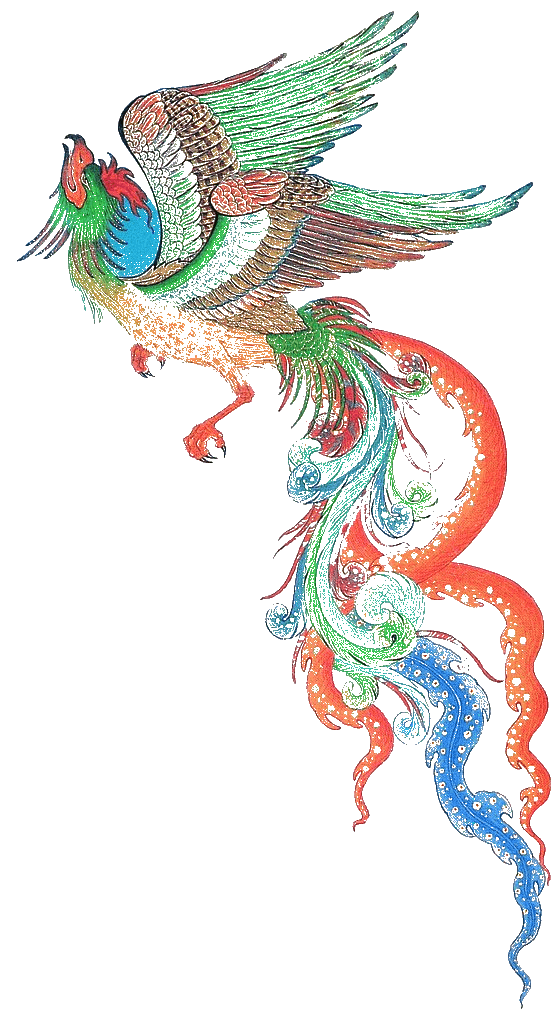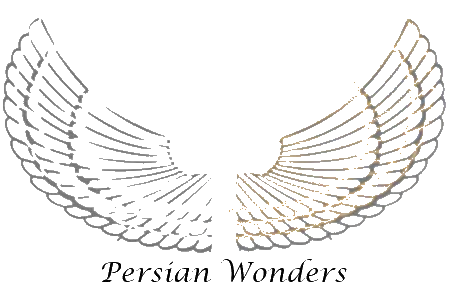History of Writing
Find out moreIt was writing that took man in to the history, there are all kind of writing system invented by ancient civilizations but what kind of writing took man in to the history?
The Proto Iranian Writing
The discoveries in Jiroft and decipherment of linear-Elamite by Francois Desset confirm that the writing system in the Iranian plateau was not only in Elam. It was also used in southern Eastern Iran and dated back even further as proto-cuneiform, invented at the same time. Writing did not appear first in Mesopotamia and then in Iran;
these two systems, the Mesopotamian Proto cuneiform and Iranian Proto-Elamite, were, in fact, contemporary, and there were two sister writings.
The Linear-Elamite(recently deciphered) is the world’s oldest phonetic writing system. [8]
Proto-Iranian Writing:
First period 3300 – 2900 BC - Early Proto-Iranian Writing (Proto Elamite)Second period 2900 - 2300 BC – Middle Proto-Iranian Writing (transition between Proto Elamite and Linear Elamite)
Third period 2300 - 1850 BC - Late Proto-Iranian Writing (Linear Elamite)
Cuneiform Writing In Iranian Plateau:
2000BC-1850BC – Linear Elamite and cuneiformAfter 1850BC – disappearance of the liner Elamite only the cuneiform writing is remains.

No longer can claim proto-cuneiform is older than proto-Elamite, and there is no single piece of evidence to suggest that proto-cuneiform is older than proto-Elamite. Proto-Elamite and cuneiform (Sumerian Language) were the oldest writing systems (invented simultaneously). The so-called Linear Elamite writing is entirely independent of the cuneiform writing system Created after the vanishing of the Proto- Elamite tablets. Thought to be Linear-Elamite writing was mainly limited to Susa and Puzur- Inšušinak’s era(2100 BC). The findings, mainly in the Konar Sandal (Jiroft) and Shahdad, suggest that this writing system was probably created in the second half of the 3rd millennium BC in southern Iran. At the beginning of the 2,000 BC, the cuneiform writing system probably played an essential role in rejecting the Linear-Elamite writing system in southwestern Iran. Also, the Linear-Elamite writing system was probably limited to a small community of users or at least much smaller than the cuneiform and specially used for royal inscriptions! as proto-Elamite and Linear-Elamite were only used in Iranian Plateau.
Close
References
*PW - Persian Wonders (based on our conclusion and study)- 1. Majidzadeh, Yousef. "The Land of Aratta." Journal of Near Eastern Studies 35, no. 2 (1976): 105-13. Accessed August 10, 2020. www.jstor.org/stable/545195.
- 2. The British Museum. 2020. collection. [ONLINE] Available at: https://www.britishmuseum.org/collection/object/W_1936-1217-2. [Accessed 10 August 2020].
- 3. Madjidzadeh, Youssef & Pittman, Holly. (2008). Excavations at Konar Sandal in the region of Jiroft in the Halil basin: First preliminary report (2002-2008). Iran. 46. 69-103. 10.2307/25651436.
- 4. Geoffrey,B. Olivier,J. Youssef,M. ARTE France.; Gedeon Programmes. Special Broadcasting Service Corporation. SBS-TV. (2005). Unearthing the lost kingdom of Aratta. [Video file]. Retrieved from https://www.terranoa.com/product/product.php?code=125
- 5. Majidzadeh, Yousef. "The Land of Aratta." Journal of Near Eastern Studies 35, no. 2 (1976): 105-13. Accessed August 10, 2020. www.jstor.org/stable/545195.
- 6. Francfort H.-P., Tremblay X. Marhaši et la civilisation de l'Oxus // Iranica Antiqua, vol. XLV (2010), pp. 51–224. doi: 10.2143/IA.45.0.2047119.
- 7. Madjidzadeh, Youssef & Pittman, Holly. (2008). Excavations at Konar Sandal in the region of Jiroft in the Halil basin: First preliminary report (2002-2008). Iran. 46. 69-103. 10.2307/25651436.
- 8. Desset, Francois. (2014). A new writing system discovered in 3rd millennium bce iran: The konar sandal 'geometric' tablets. Iranica Antiqua. 49. 83-109. 10.2143/IA.49.0.3009239.
- 9. Geoffrey,B. Olivier,J. Youssef,M. ARTE France.; Gedeon Programmes. Special Broadcasting Service Corporation. SBS-TV. (2005). Unearthing the lost kingdom of Aratta. [Video file]. Retrieved from https://www.terranoa.com/product/product.php?code=125
- 10. Geoffrey,B. Olivier,J. Youssef,M. ARTE France.; Gedeon Programmes. Special Broadcasting Service Corporation. SBS-TV. (2005). Unearthing the lost kingdom of Aratta. [Video file]. Retrieved from https://www.terranoa.com/product/product.php?code=125
- 11. Curtis, J. Finkel,I (Ed.). (2013). The Cyrus Cylinder: The Great Persian Edict from Babylon.
- 12. Curtis, J. (2013). The Cyrus Cylinder and Ancient Persia: A New Beginning for the Middle East.
- 13. Farzin, R. (2007). Iran: Seven Faces of Civilization.

